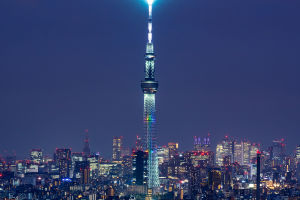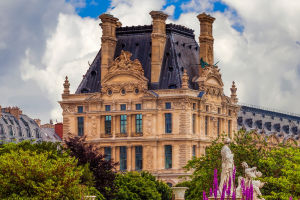Have you ever felt frustrated when visiting a place, only to realize you spent your time and money in tourist traps—crowded spots full of overpriced souvenirs and generic experiences?
It happens to many travelers, but it doesn't have to happen to you. If you want to experience a destination authentically, immerse yourself in its real culture, and avoid tourist clichés, there are smart and practical steps you can take.
Let's explore how you can make your travel more meaningful and authentic.
Why Tourist Traps Are So Common
Tourist traps often arise because they provide easy profits for businesses near famous landmarks. They tend to cater to mass tourism, offering generic products and services that don't reflect local traditions or daily life. While these places can be fun in moderation, they rarely give you a true feel for the culture.
Experts in tourism studies, like Dr. Greg Richards, highlight that "authentic experiences contribute to greater traveler satisfaction and more respectful cultural exchanges." Knowing this, it's worth planning to avoid over-commercialized areas.
Do Your Homework Before You Go
The best defense against tourist traps is good preparation.
1. Research lesser-known neighborhoods and attractions. Travel blogs, local forums, and social media can reveal hidden gems off the beaten path.
2. Learn about local customs and festivals. Participating in a cultural event or a neighborhood market is a great way to connect with locals.
3. Read reviews carefully. Look beyond star ratings and seek detailed comments about authenticity and atmosphere.
For example, instead of visiting the busiest market in a city, look for smaller weekend markets where locals shop for fresh produce and handmade crafts.
Choose Accommodation Wisely
Staying in a touristy hotel district might be convenient, but it can isolate you from real cultural experiences. Instead, consider alternatives:
- Guesthouses or small inns run by locals. These places often provide personal insights and recommendations.
- Vacation rentals in residential areas. You'll get a glimpse of everyday life and might even meet neighbors.
- Boutique hotels with a cultural focus. Some hotels design their interiors and services to reflect local art and history.
For instance, in Kyoto, choosing a traditional ryokan over a standard hotel can offer authentic hospitality, including local cuisine and tatami rooms.
Eat Like a Local
Food is one of the richest windows into a culture. To avoid touristy eateries with inflated prices and generic menus, try these tips:
1. Follow the crowds of locals, not tourists. If a restaurant is filled with residents, it's usually a good sign.
2. Explore street food and local markets. These spots offer authentic flavors and are often more affordable.
3. Ask your hosts or local friends for dining recommendations. Their insider tips can lead you to family-owned gems.
For example, in Mexico City, the traditional markets like Mercado de Coyoacán offer a much more authentic culinary experience than the tourist-heavy Zona Rosa.
Use Public Transportation and Walk More
Tour buses and taxis in tourist districts can keep you confined to well-trodden routes. Using public transportation and walking helps you discover neighborhoods that are less visited but rich in culture.
Benefits include:
• Seeing everyday life unfold around you.
• Stumbling upon small shops, parks, and street performances.
• Saving money while reducing your environmental footprint.
For instance, in Lisbon, riding the iconic trams through lesser-known neighborhoods like Alfama lets you soak in the local vibe beyond the tourist crowds.
Engage with Locals Respectfully
Meeting local people can transform your travel experience. Here are some respectful ways to do it:
- Attend workshops or classes on local crafts or cooking. These are often run by artisans who love sharing their culture.
- Visit community events or cultural centers. These spaces promote local traditions and foster genuine connections.
- Use language apps or learn a few basic phrases. Even a simple greeting shows respect and opens doors.
Remember, cultural exchange is a two-way street. Approach locals with curiosity and politeness.
Be Mindful of Time and Tickets
Certain sites become tourist traps simply because they are crowded and overwhelming. To avoid this:
1. Visit popular attractions early in the morning or late afternoon. You'll enjoy a quieter atmosphere and often better light for photos.
2. Purchase tickets online in advance to skip long queues. Some museums and performances have timed entries to manage crowds.
3. Explore less famous but equally fascinating museums or galleries nearby.
For example, instead of only visiting the Louvre, try the smaller Musée Marmottan or Musée Rodin for a more intimate art experience.
The Truth About 'Real' Travel: It's Not About Passport Stamps—It's About Heartbeats
Traveling to truly experience a culture requires a bit of effort but pays off with richer memories and meaningful encounters. Next time you plan a trip, think beyond the tourist traps and open yourself to authentic moments — you might be surprised how rewarding it can be. What's the most authentic experience you've had on your travels? Share it, and inspire others to explore deeper!


